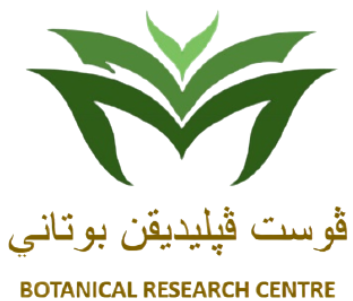Phyllanthus niruri L.
Gale of The Wind / Dukung anak (Bru.)
Terrestrial or annual small erect herb that can reach 50 cm high. The plant possesses a bitter and slightly odour taste, and when the herb is picked, the leaves fold and close themselves. Leaves are simple, arranged alternately in 2 rows on the stem, thin, sessile and glabrous. Leaf blade is oblong to elliptical oblong, acute to rounded at apex, slightly oblique at base with entire margin. Stems are laterally arranged, spreading and sparsely hairy. Flowers are small, numerous, star-shaped and pale green to yellow. Inflorescence a solitary cyme arising from leaf axils. Fruit a yellowish- green, small rounded capsule that contains many seeds. Seeds are pale
The leaves (preferably odd number of sheets) are warmed over a flame and applied directly to skin area to cure burns, swelling, wounds and bowel complaints. The leaves are crushed into small pieces, added with water and washed externally to cleanse vaginal area. The leaf infusion can be taken orally for women during menstruation to cleanse the internal organs especially the womb. The leaves are crushed along with honey and made into a decoction with other herbs such as rhizome of Curcuma caesia (Kunyit hitam), rhizome of Curcuma zedoaria (Tamu lawak) and rhizome of Zingiber officinale Rosc. var. rubrum Theilade (Halia padi kedayan) to tighten the wall of vagina after childbirth. The plant is known for its antibacterial, antileishmanial, antifungal, antifertility, antioxidant, antidiabetic, antihistaminic, hepatoprotective, radioprotective, neuroprotective, antiulcerogenic and antihemolytic activities.
It thrives on sandy soil under full sunlight to partial shade. It is commonly found in wastelands, grassy scrub vegetations and near village houses.
Stem cutting and seeds.
Native to Thailand, Peninsular Malaysia, Sumatra and Borneo.
None





